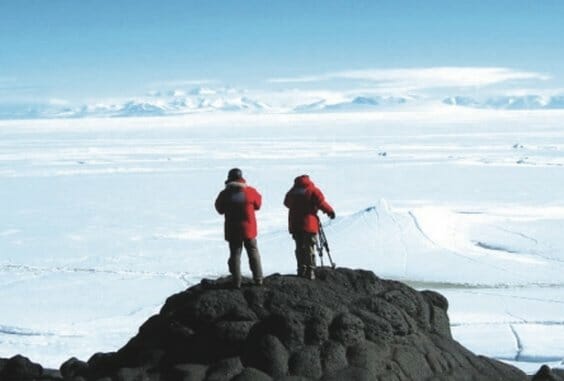Encounters at the End of the World

Release Date: June 11
Director/writer: Werner Herzog
Cinematographer: Peter Zeitlinger
Studio/Run Time: THiNKFilm, 99 mins.
Herzog’s Antarctica documentary leaves us cold
“The National Science Foundation had invited me to Antarctica even though I left no doubt that I would not come up with another film about penguins,” narrates acclaimed director Werner Herzog at the beginning of Encounters at the End of the World. “My questions about nature, I let them know, are different.”
-

-

-

-

-

-

-

-

-

-

-

-

-

-

-

-

-

-

-

-

-

-

-

-

-

-

-

-

-

-

-

-

-

-

-

-

-

-

-

-








































